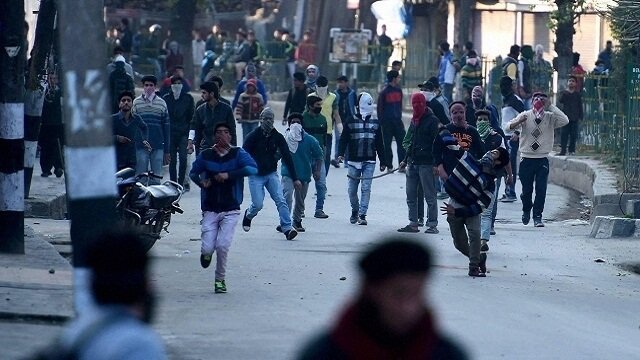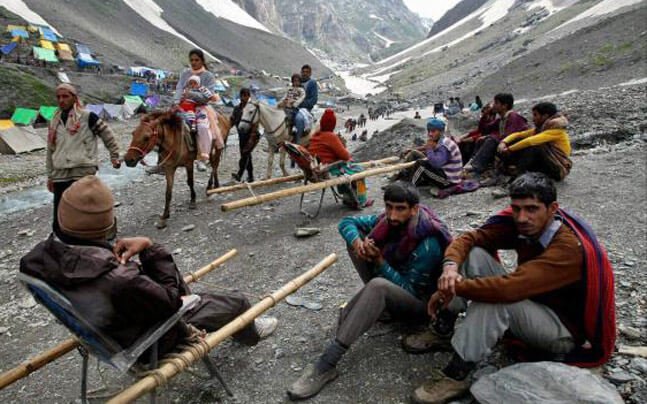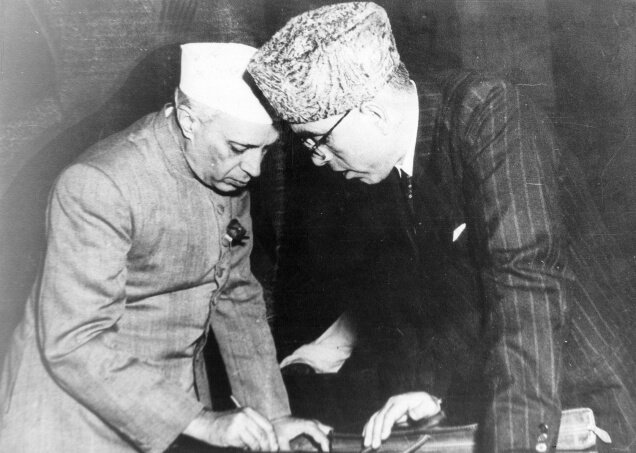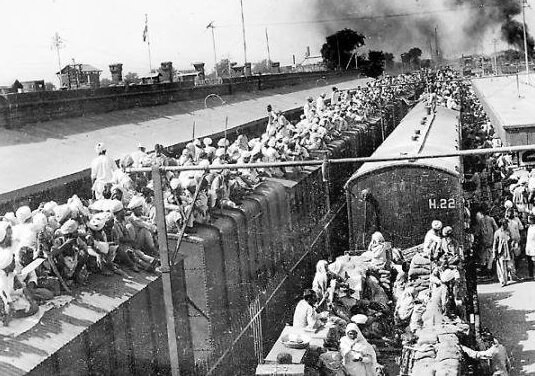The situation in Jammu & Kashmir has taken a turn for the worse after at least 36 persons were killed in police firing and other violent incidents that followed the killing of Hizbul Commander Burhan Wani in Kokernag. At last count, over 3,100 people, including 1,500 security personnel, have been injured in the protests. The situation is on a knife’s edge. No one quite knows what will happen next.
But while Kashmir paints a heart rendering picture in the face of hartals, stone pelting, tear gas shells, pellet gun attacks, clashes with security forces, retaliatory killings and injuries, over 300 km away in the Jammu region of the state, life goes on in relative peace. Perhaps the only thing that disturbs the calm is the suspension of the internet services. And yes, they crib about that.

Ask someone about Kashmir and the answer you get is most likely to be along the lines of ‘it is nothing new,’ ‘happens all the time,’ ‘they don’t think they are part of India.’
The people in Jammu, the winter capital of Jammu & Kashmir, have celebrated the event as the killing of a militant and an anti-national element. In that they are much like the rest of India and very, very different from the Valley.
In fact, the people in Jammu have been more concerned about the Amarnath Yatra, which has already been suspended twice. Many in Jammu attach a great deal of importance to the Yatra and have consistently raised questions about the security and safety of pilgrims who come from all over the country.

They are also worried about the Muslim areas in the Jammu region where Kashmiri sentiments find an echo of sympathy and support. The bigger worry though is that maybe people in the Valley will get fed up with the violence and decide to migrate to Jammu.
But it wasn’t always so. In the seventies, Jammu dropped the idea of pursuing Azadi sentiment after surrendering their armed resistance to New Delhi.
According to the “The Development of the Constitution of Jammu and Kashmir” by former chief justice of India Adarsh Sein Anand, in 1947, Sheikh Abdullah, who was appointed as the emergency administrator of Jammu and Kashmir, allied himself with Indian National Congress and pursued its agenda of draining out the sentiments of independence from state.
He used his powers to crush supporters of independence and drive them out of the state. He unleashed a wave of terror forcing many to flee and settle in other parts of India and Pakistan. Some of them even migrated to Europe.
One million Kashmiri Muslim refugees were uprooted and an estimated 250,000 – 300,000 were massacred in the Jammu region alone in August-October 1947.

After Sheikh Abdullah’s dismissal and arrest in 1953, Bakshi Ghulam Mohammad became Prime Minister of the State and also President of the National Conference by majority vote of the State cabinet. He too acted along the same lines and continued to badger the people of the State by branding them as anti-national and booking them under sedition for demanding their right to self-determination.
The situation in Jammu was no different than in Kashmir at present except that there were no mass uprisings and the security forces could not pursue the idea of mass killing due to lack of technology.
Once again as mentioned in Anand’s book, “After the 1965 war, under the leadership of Ghulam Mohammed Saqib, people were subjected to brutal mass killings that triggered massive migration. The unabashed violence in the state continued for two years forcing people to succumb to the pressure and give up on the idea of independence.”

Several decades later, this is the reason why the people of Jammu don’t identify with the idea of Azaadi at all. Jammuites believe that anti-Kashmir sentiment and vocal demonstration of this aspiration adds to their nationalistic credentials and they will be considered more Indian than anybody else.
They continue to remain unfazed, composed and cozy in their houses even as Kashmir faces violence and unrest.
Can Jammu afford to be so indifferent?
experienced a similar pattern of disruption and violence at different points in time, it’s appalling how the people of ‘Jammu’ and ‘Kashmir’ just don’t speak up for each other.
To begin with, Jammu can raise the question that if Jammu & Kashmir is an integral part of India, then why is it being treated like no other state? Why was Haryana Jat agitation, that witnessed protesters going on rampage, not met with similar action by the security forces?
Jammu might not be on the same page as Kashmir, but they belong to the same book and that it can’t afford to forget.

















